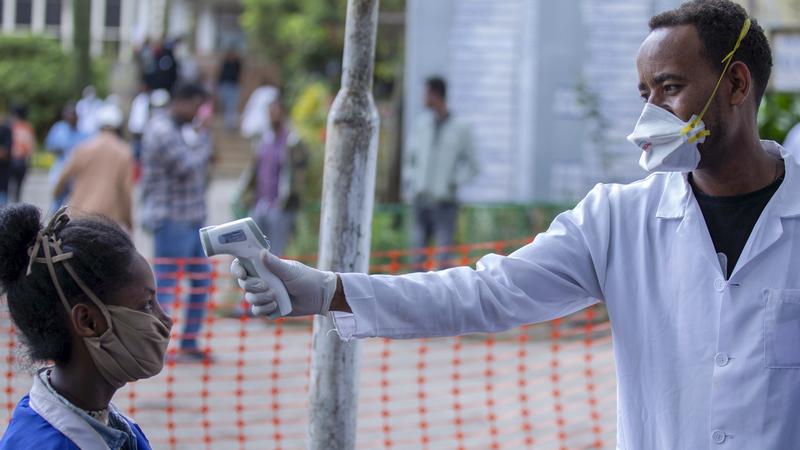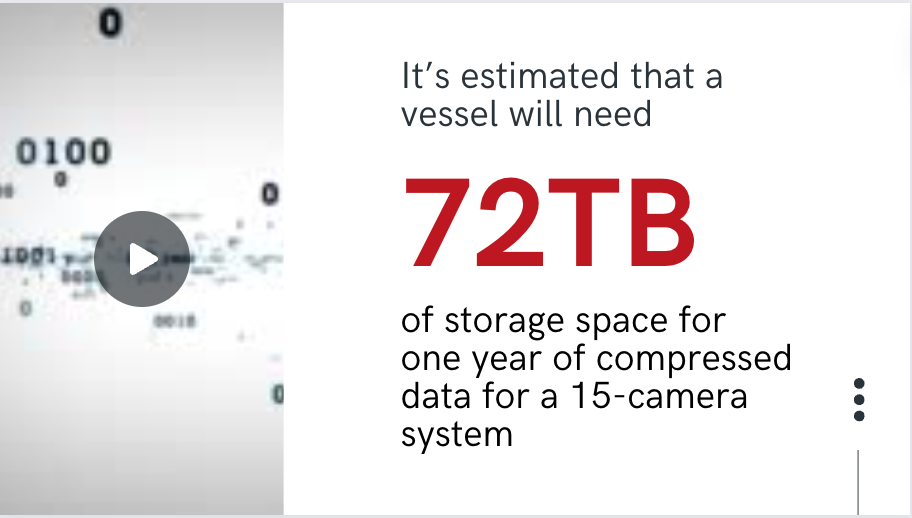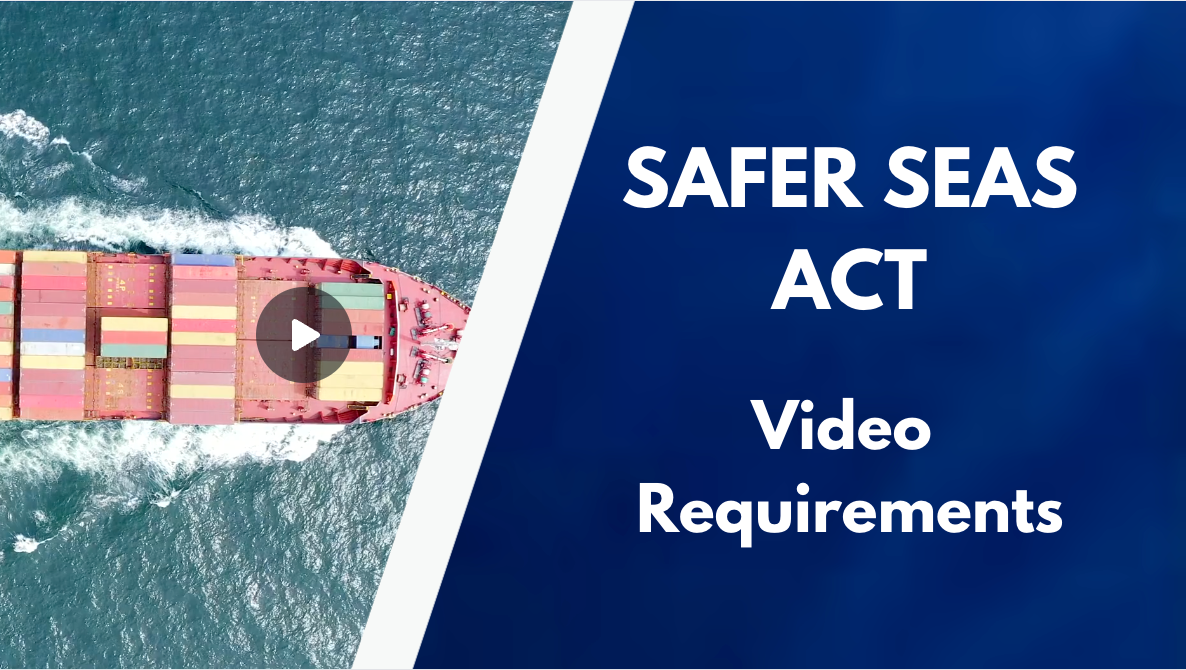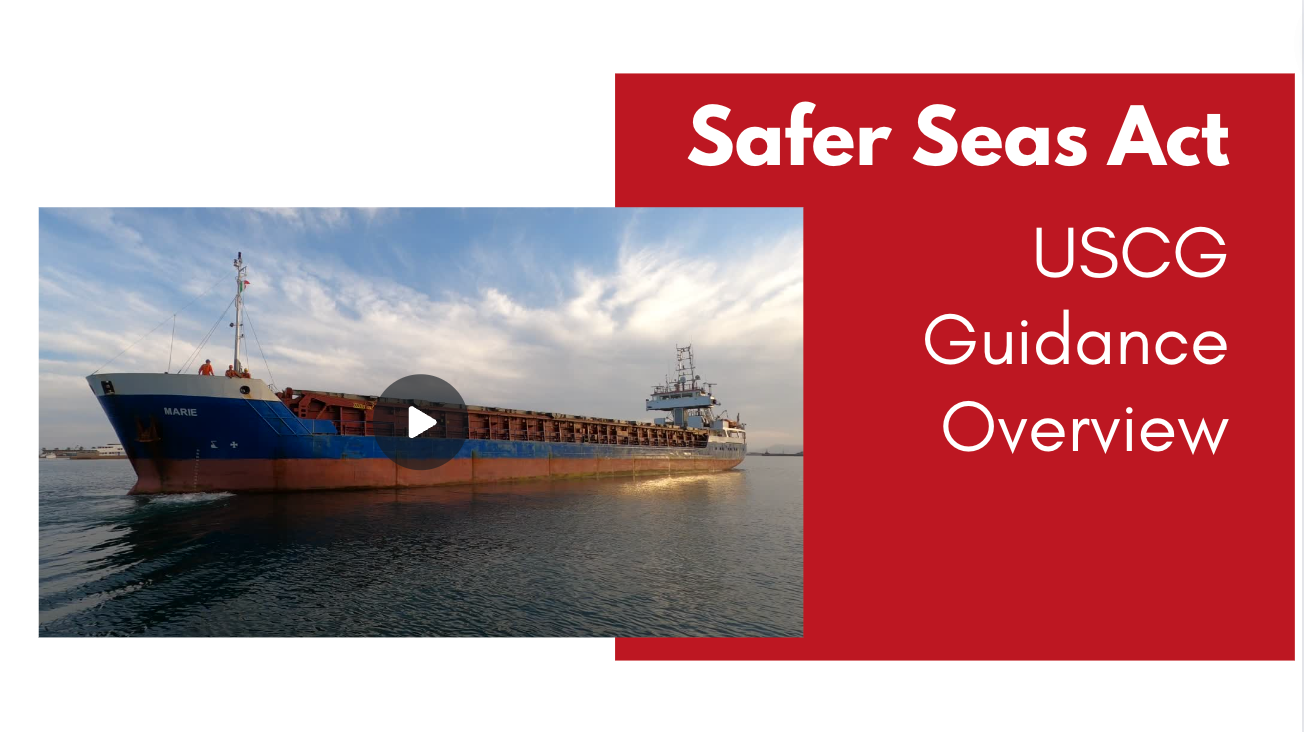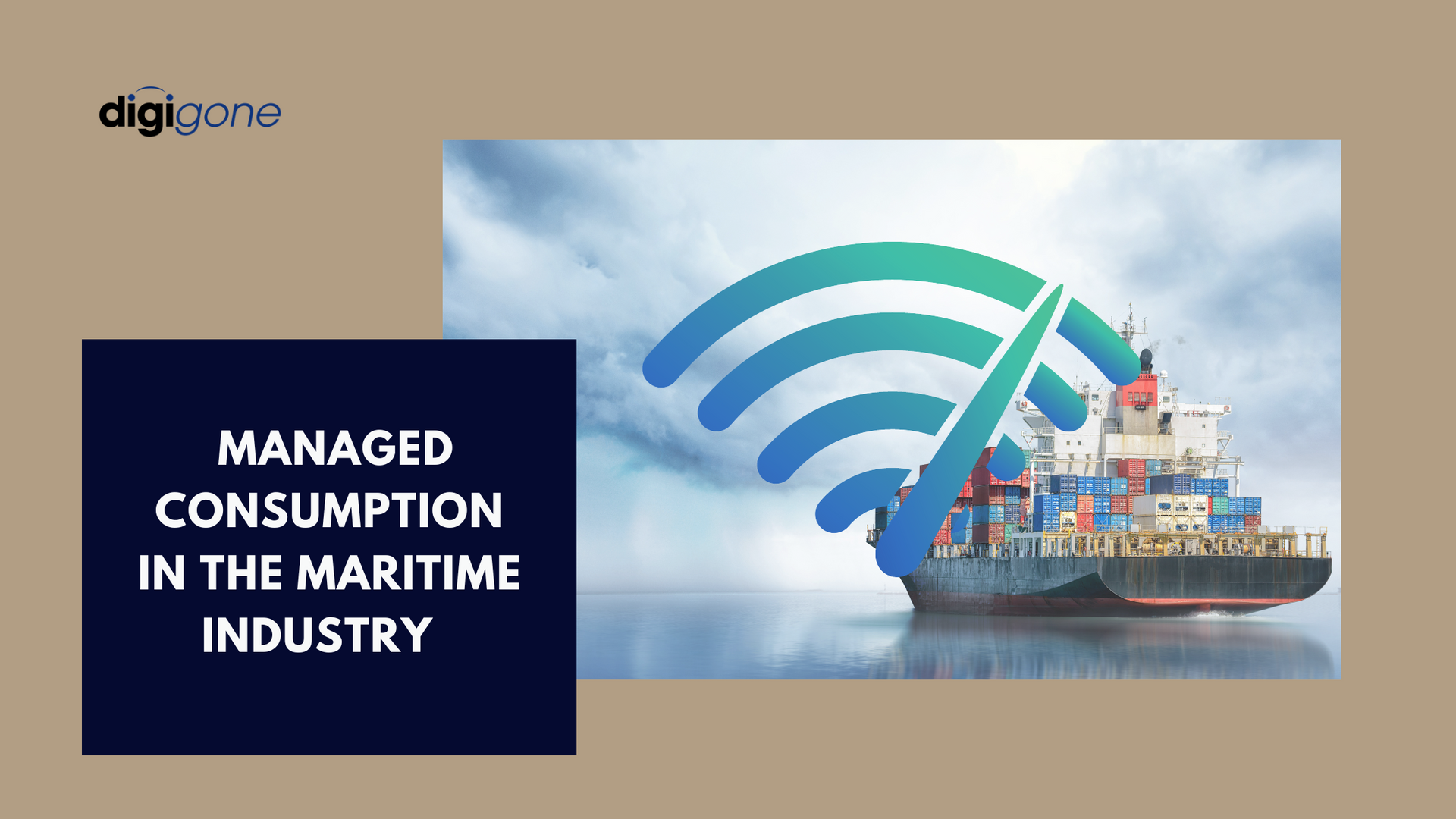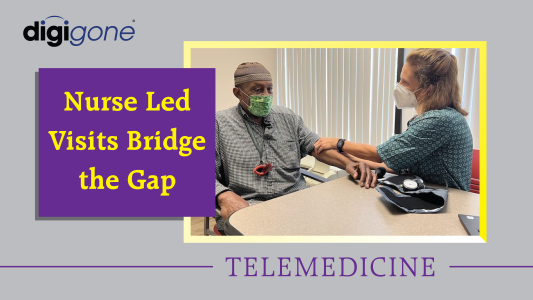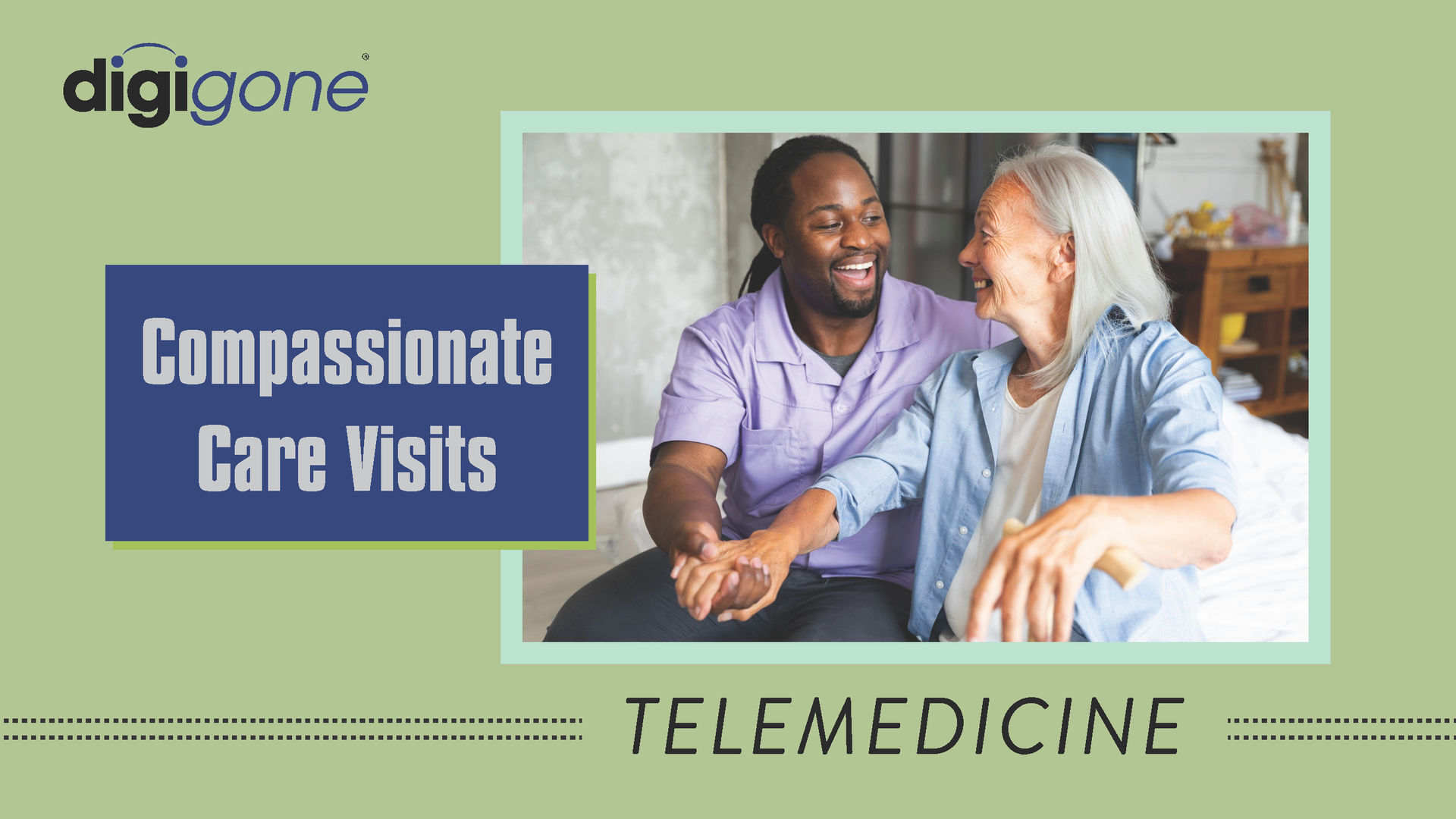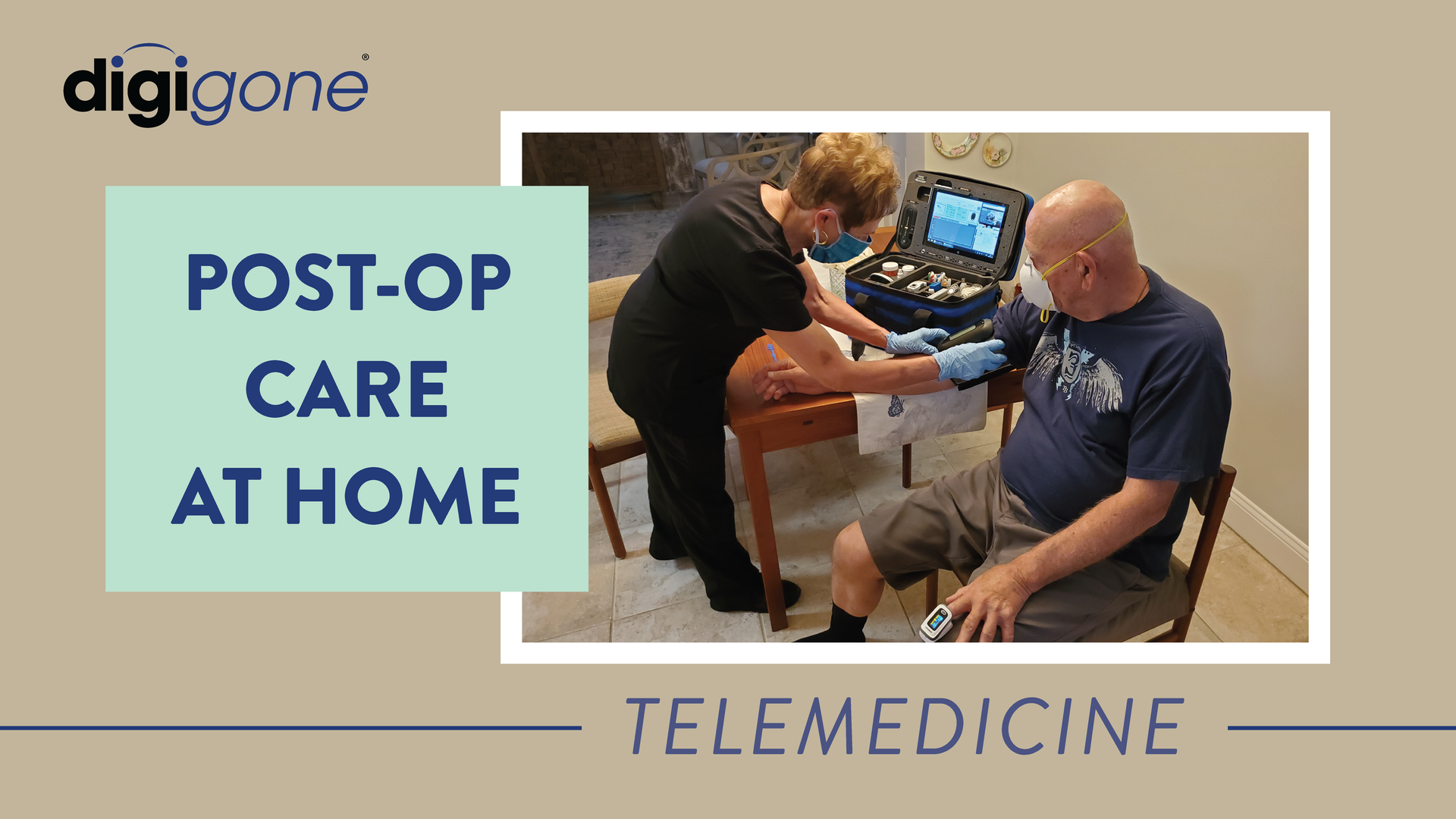COVID-19 in Remote Africa: Lessons Learned in Fighting Ebola and the Role of Telemedicine
DigiGone • March 22, 2020
Just as the World Health Organization (WHO) in Africa celebrates successfully combating an Ebola outbreak in the Democratic Republic of Congo (DRC), it quickly finds itself staring down a pandemic.
At a media briefing
on March 18, WHO’s Direct General Tedros Adhanom Ghebreyesus pointed toward solidarity within the community and healthcare system and emphasized that the same spirit of solidarity is crucial to contain and minimize the spread of COVID-19. Thirty-three countries in Africa reported more than 600 cases of COVID-19, as of March 19.
There were specific decisions that helped turn the tide
during the most recent Ebola outbreak in Africa. Now, the international medical community is espousing the importance of applying some of those same measures with COVID-19. And many of them are directly linked to telemedicine.
Mapping Data for Faster Response Time
Hospitals, healthcare systems and physicians make decisions based on data. Having access to reliable data in remote parts of Africa is crucial. Identifying emerging hot spots and outbreaks quickly is a primary benefit and intent of telemedicine. This is especially true for areas where a hospital is a full day’s journey away or even unreachable.
Gathering diagnostic information in tight coordination within the medical community will, in fact, speed response and potentially sound the first alarm bells.
Quick Turnaround on Testing
A key factor the WHO discovered in mitigating and containing the spread of Ebola was getting test results quickly. The number of laboratories equipped to test for COVID-19 remains a fluid and dynamic situation (so far there are 39 testing facilities
in Africa). The quicker COVID-19 patients can be identified as positive or negative, the quicker measures can be put into place, particularly quarantines.
While telemedicine kits
don’t have the capacity to test for COVID-19, the clinicians that use them play an essential role in identifying potential cases and act as a force multiplier in getting samples to a lab.
Tracking Experimental Vaccines & Medicine
Vaccines are another very fluid and rapidly changing situation with COVID-19. There are some that are already in a trial phase. Medicines to treat the virus are being tested as well.
Within one week of the 2018 Ebola outbreak in the DRC an experimental vaccine was issued saving lives and slowing the spread. Being able to monitor patients who receive vaccines or medicines in remote areas will, once again, fall on the shoulders of teams dispatched to those regions to provide care and guidance.
And going back to the previous point about data collection; being able to monitor patients and send/receive diagnostic information will allow the healthcare community to archive data points to further understand the effectiveness of drugs.
Telehealth allows the healthcare systems to track, map, monitor and quarantine communities to prevent the spread of infection. As well, telemedicine
is a gateway to elevated care. In dealing with a spreading pandemic, the data gathered by telehealth providers serves as a bullhorn to the healthcare systems.

Telemedicine kits are becoming indispensable tools for home healthcare providers, particularly during transition care medical examinations (TCMs). While the initial TCM is conducted by a physician who generates revenue from the service, the telemedicine kit significantly benefits home healthcare providers by expediting patient registration for their care services. With a nurse or medical assistant deploying the kit, patients can be quickly evaluated and connected with a physician, ensuring all necessary documentation and approvals are completed more efficiently. This faster onboarding process allows home healthcare providers to register more patients in less time, helping them deliver care sooner and grow their services efficiently. The ability to “bring the doctor” to the patient through a telemedicine kit is invaluable in initiating care seamlessly. Once patients are on board, home healthcare providers can continue leveraging telemedicine technology to improve how they deliver services. The kits enable nurses and medical assistants to perform follow-up visits, diagnostics, and real-time consultations without requiring patients to leave their homes. This capability allows providers to optimize their schedules and visit more patients daily, all while maintaining a high standard of care. The efficiency gained means better coverage, smarter use of resources, and happier patients. Beyond efficiency, telemedicine kits help providers build stronger connections with their patients by making care more accessible and personalized. Providers can quickly respond to emerging health concerns, adjust care plans, and ensure ongoing monitoring—all from the patient’s home. This not only leads to better patient outcomes but also boosts the provider’s reputation for being reliable and innovative. By facilitating the registration of more patients and enhancing care once they are onboarded, telemedicine kits are powerful tools that enable home healthcare providers to expand their reach, improve operational efficiency, and thrive in an increasingly competitive market. In a rapidly evolving healthcare landscape, telemedicine kits are revolutionizing how home healthcare providers deliver care, enabling faster patient onboarding, enhanced service delivery, and stronger connections with patients. By integrating this indispensable technology, providers can streamline operations, improve patient outcomes, and position themselves as leaders in care innovation. Don’t miss the opportunity to elevate your home healthcare services. Explore how telemedicine kits can help you expand your reach, optimize your resources, and deliver exceptional care. Contact us today to learn more and take the next step toward transforming your care delivery model.
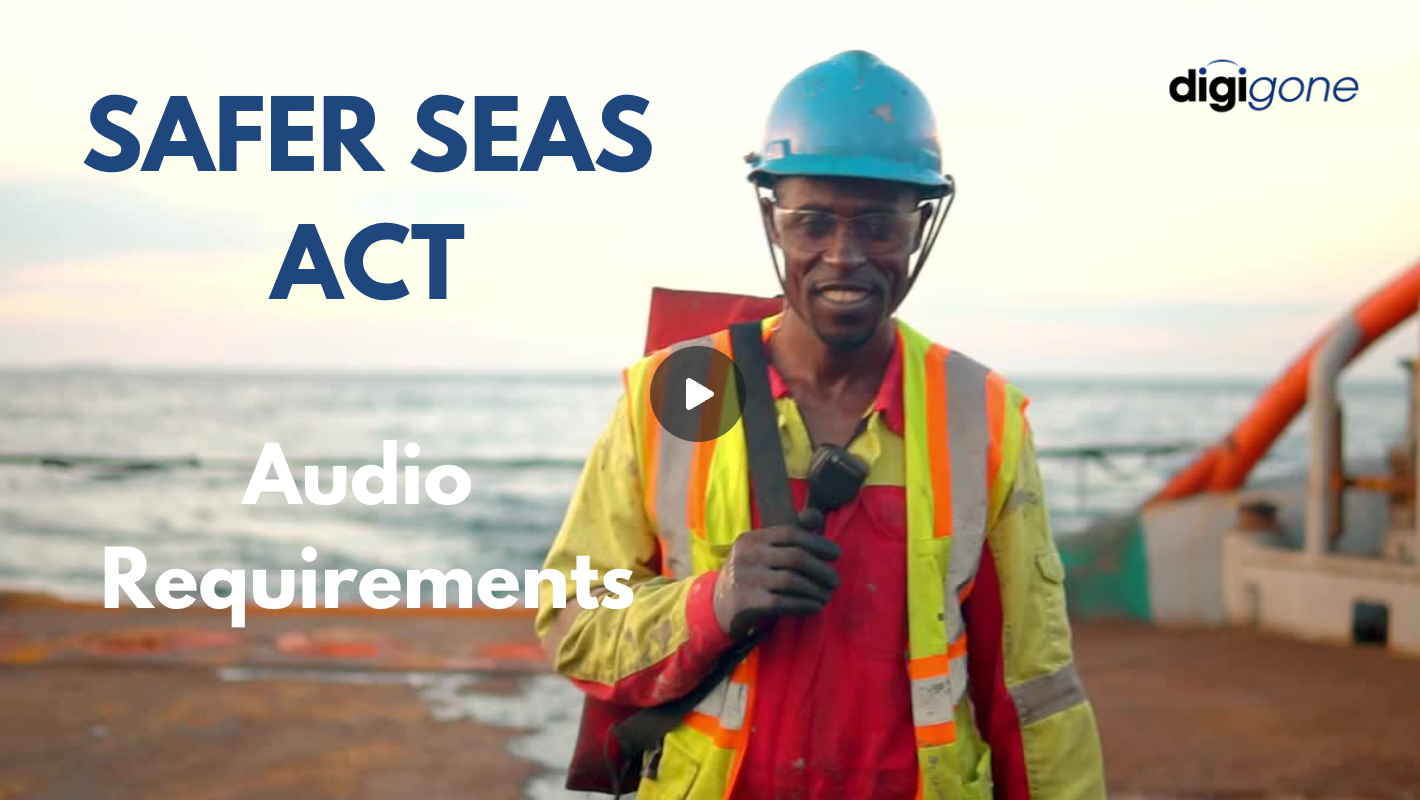
With the new Safer Seas Act, vessel companies must comply with many new regulations by the end of the year. One of those requirements includes audio equipment placed outside of hallways leading to staterooms, which DigiGone can help with. And while this may seem burdensome, these new rules will be good for vessel companies in the long run.



